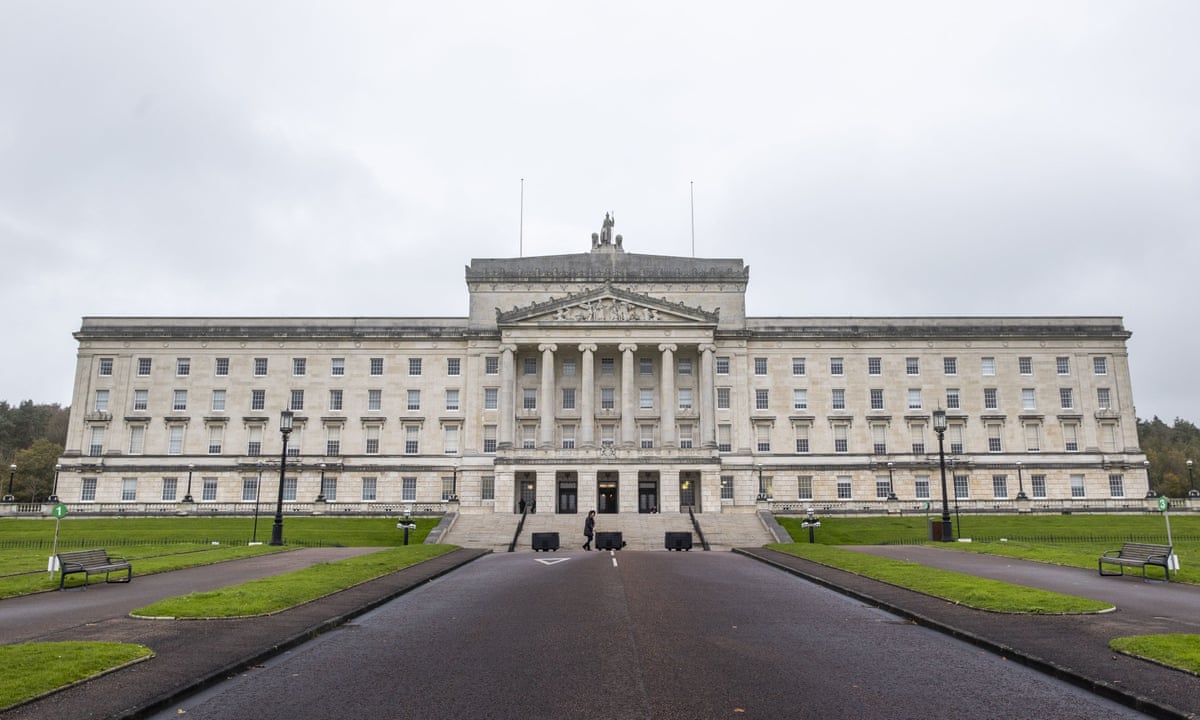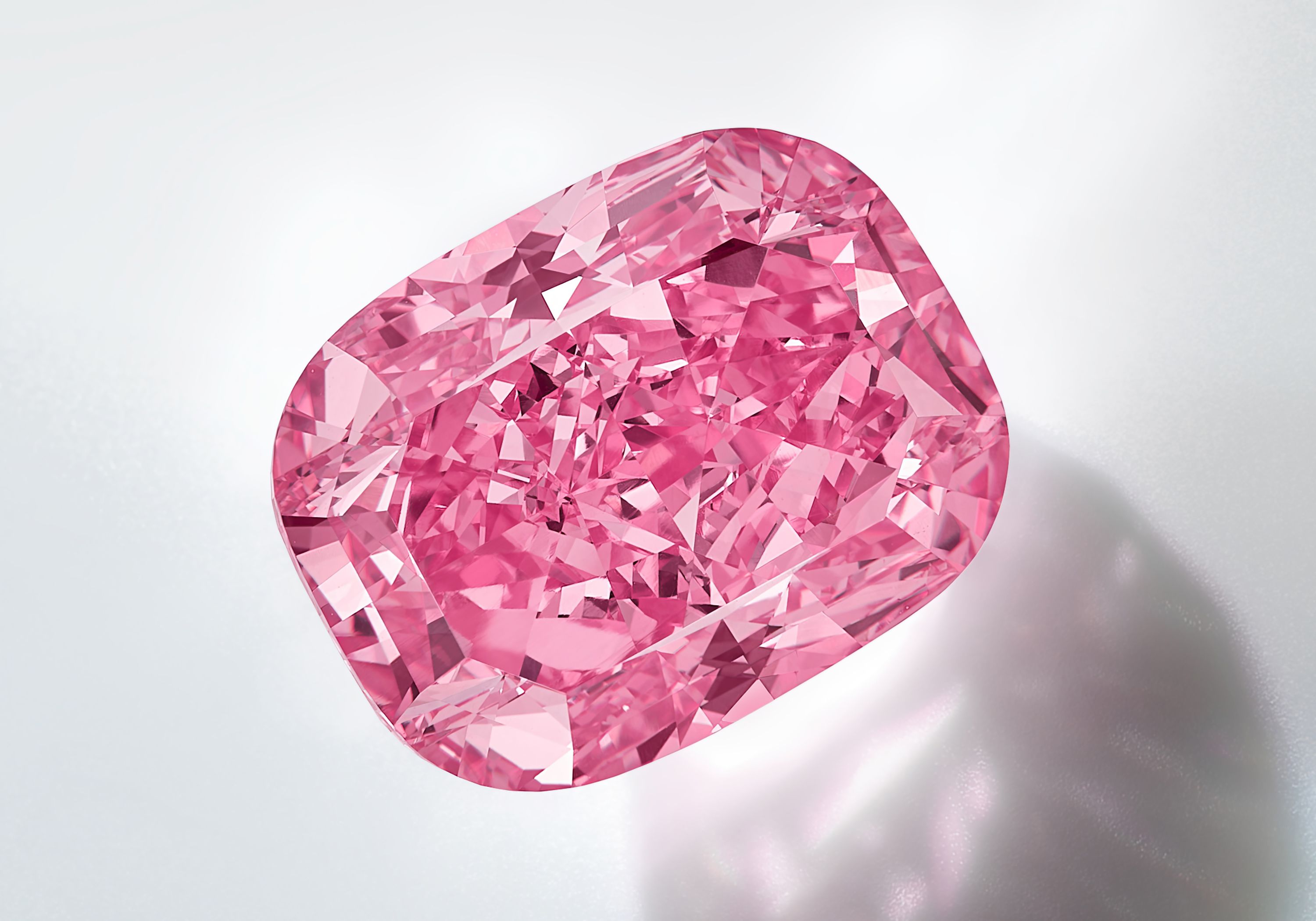Beyond Paper: The Art and Science of Modern Business Cards
![]() by admin · November 29, 2023
by admin · November 29, 2023
In the digital age, where virtual connections are abundant, the humble business card remains a tangible and powerful tool for making a lasting impression. Far from being //nejournal.us/ mere pieces of paper with contact details, modern business cards have evolved into a dynamic fusion of design, technology, and strategic communication. Let’s explore the art and science behind crafting business cards that go beyond the ordinary, leaving a memorable mark in the professional world.
Table of Contents
ToggleUnleashing Creativity in Design
Gone are the days of plain, standard business cards. Today, businesses are investing in innovative and eye-catching designs that reflect their brand personality. From unique shapes and textures to vibrant colors and creative typography, a well-designed business card is a visual representation of a company’s identity. By incorporating creativity into the design, businesses can captivate attention and stand out in a sea of traditional cards.
The Power of Paper: Choosing the Right Material
While digital exchanges are prevalent, the tactile experience of a physical business card is unparalleled. The choice of material speaks volumes about a company’s commitment to quality and attention to detail. From eco-friendly recycled paper to luxurious textured stocks, the material used can convey a message about the brand’s values. Selecting the right material is a strategic decision that can leave a lasting impression on recipients.
Integrating Technology for Enhanced Engagement
Incorporating technology into business cards is a growing trend that adds a layer of sophistication and interactivity. QR codes, NFC (Near Field Communication), and augmented reality elements can link the physical card to digital content such as websites, portfolios, or interactive presentations. This not only provides recipients with additional information but also enhances engagement and showcases a company’s tech-savvy approach.
Strategic Information Placement
A well-designed business card is not just aesthetically pleasing; it is also strategically informative. Every element on the card, from the font size to the placement of details, should be carefully considered. Concise yet comprehensive information, including name, title, contact details, and social media handles, should be presented in a visually appealing manner. The goal is to provide essential information at a glance while maintaining a clean and organized layout.
Networking in Style: Dual-Purpose Cards
Modern business cards are not confined to being information carriers; they can serve multiple purposes. Some cards incorporate functional elements such as USB drives, mini-calendars, or even fold into stands for smartphones. These dual-purpose cards not only make a statement but also provide practical value, increasing the likelihood of recipients keeping and using them.
Sustainability and Eco-Friendly Practices
In an era of heightened environmental consciousness, businesses are embracing sustainable practices in all aspects, including their business cards. Choosing recycled materials, using eco-friendly inks, and adopting minimalist designs that reduce waste are becoming integral to card creation. This not only aligns with corporate social responsibility but also appeals to environmentally conscious clients and partners.
In conclusion, the modern business card is a dynamic tool that goes beyond its traditional role. It is a canvas for creativity, a tactile representation of brand identity, a bridge between the physical and digital worlds, and a strategic communication tool. By carefully considering design, material, technology integration, information placement, multi-functionality, and sustainability, businesses can elevate their business cards to a new level of impact in the professional arena.










